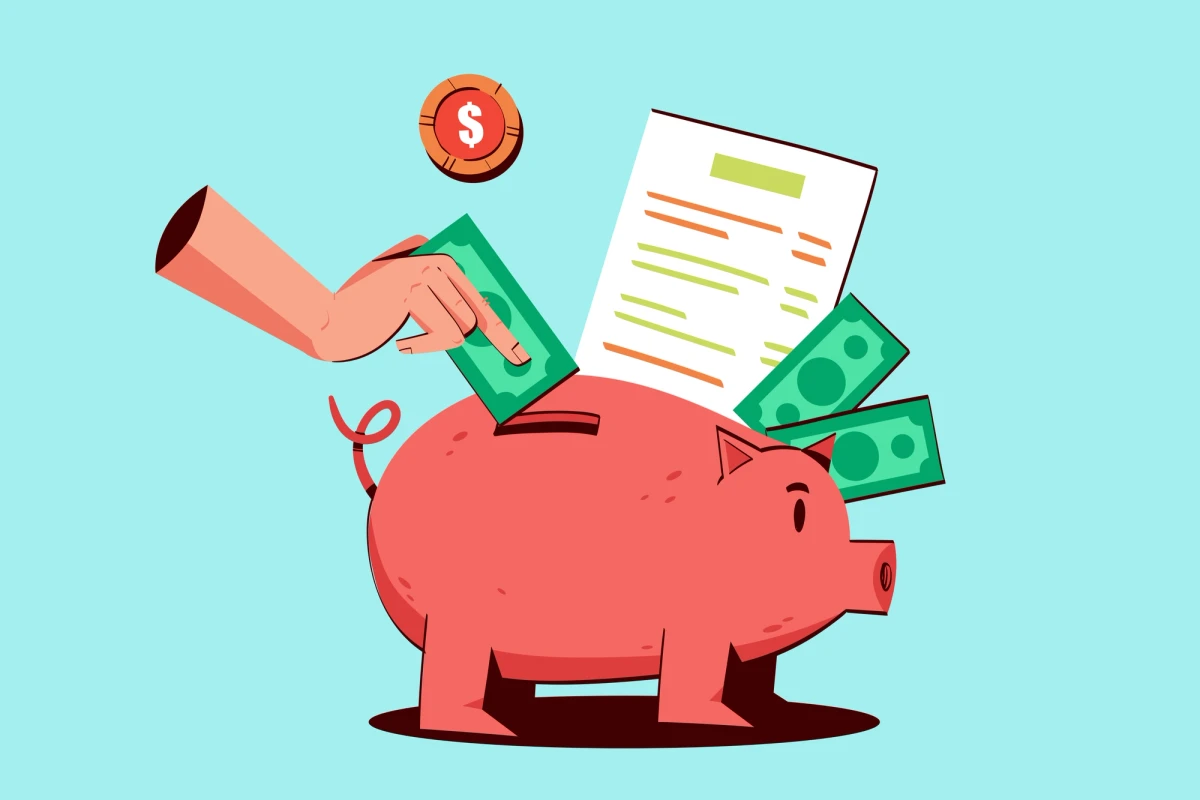Financial Resilience: Stability for the Future
SMEs often have issues when facing uncertainty. Explore various strategies and achieve financial resilience.
Patrik Duspara
August 13, 2025
7 min read

When most people think of financial resilience, they often envision having a sense of security by simply saving money in a bank account. The bigger the number, the safer they feel. But watching businesses face layoffs, market crashes, and unexpected challenges amidst harsh environments reveals a different truth.
Understanding Financial Resilience
Small and medium enterprises face a unique challenge: they're big enough to require a certain level of financial tools and needs, but small enough that a single unexpected crisis can threaten their survival. Unlike large enterprises that simply have larger financial reserves and diversified revenue streams, which can mitigate the levels at which a crisis can impact them, SMEs operate in a world where relative uncertainty can be devastating.
Consider the realities facing today's SME leaders: a key client suddenly cancels their contract, supply chain disruptions double your costs overnight, or economic shifts force an entire industry to pivot. These aren’t your “once in a blue moon” types of events, these are things that happen on a day-to-day basis, and the key to understanding financial resilience is reflected in these unexpected changes.
The ultimate goal isn't just assuming a fully defensive market position and surviving financial storms — it's positioning your business to capitalize on emerging opportunities, while also maintaining operational stability. How you can position yourself for success in the long run is, in part, determined by the strategies you employ to become financially resilient.
Achieving Financial Resilience - Strategies for Long-Term Success
The most financially resilient companies share the same key traits. They're curious instead of rigid. They expect uncertainty rather than being blindsided by it. When the market drops 20%, they're not panicking — they're asking, "What opportunities does this create?"
Establishing this thought process is one of the first steps towards implementing a successful and resilient financial strategy.
Diversify, diversify, and then diversify a bit more
Don’t put all your eggs in one basket! Diversification might seem like a fancy concept, but this simple idiom depicts it pretty well.

Smart diversification means spreading investments across different financial areas. Stocks are one of the most used investments for growth potential (especially important given inflation). Bonds are another option to smooth out market volatility, real estate is an inflation hedge, cash reserves, including an emergency fund, for opportunities and crises, and alternative investments for additional diversification.
For small and medium-sized enterprises (SMEs), focusing on core financial diversification provides sufficient variety.
This strategy ensures that when one area of your business faces challenges, others can compensate, helping to maintain stability and growth.
Invest, Income, Insurance - Three I’s for smarter financial habits
Successful long-term investing is inherently tied to the concept of diversification. Investing follows a simple philosophy: buy quality companies or funds, ignore the daily fluctuations, and rebalance occasionally. It may not be the most exciting way of investing, but it’s meant to sustain your future, not build an inordinate amount of wealth and skyrocket your business.

Smart businesses explore diversifying their own services, developing passive income through strategic investments, creating intellectual property that generates ongoing returns, and exploring adjacent revenue opportunities that complement their core business.
No one likes talking about insurance, but it’s a foundation for building a resilient business.
According to a recent survey on SMEs and insurance trends by the European Insurance and Occupational Pensions Authority, 7 percent of businesses don’t have any insurance.
For an SME, a single unforeseen event — whether it's property damage, a liability claim, or a significant operational disturbance, can easily derail operations and deplete vital cash reserves, putting years of hard work at risk.
It’s better to be safe than sorry. If you haven’t already done so, make sure to invest some of your time into exploring all the various insurance options at your disposal.
Maintaining a regular financial routine
Financial resilience isn't built in dramatic moments - it's built through small, consistent actions. This means automating your savings so you don't have to think about it, regularly having a watchful eye on your expenses, keeping debt manageable, and staying informed without getting overwhelmed by financial news.
The past few years have shown how quickly business conditions can change. Pandemic lockdowns, supply chain disruptions, inflation spikes, market volatility — the list continues to grow. But here's what stands out: the businesses that weathered these storms best weren't necessarily the ones with the most cash reserves. They were the ones who had built flexible, resilient financial systems before they needed them.
The pillar that these systems provide establishes financial confidence, which ultimately enables any business leader to make the correct decisions and ensure a sustainable future.
Building a financially resilient business isn’t about predicting every storm — it’s about building a ship that’s sturdy enough to navigate whatever waters lie ahead. Start small, stay consistent, and your business will be ready to face these uncertainties with confidence.
